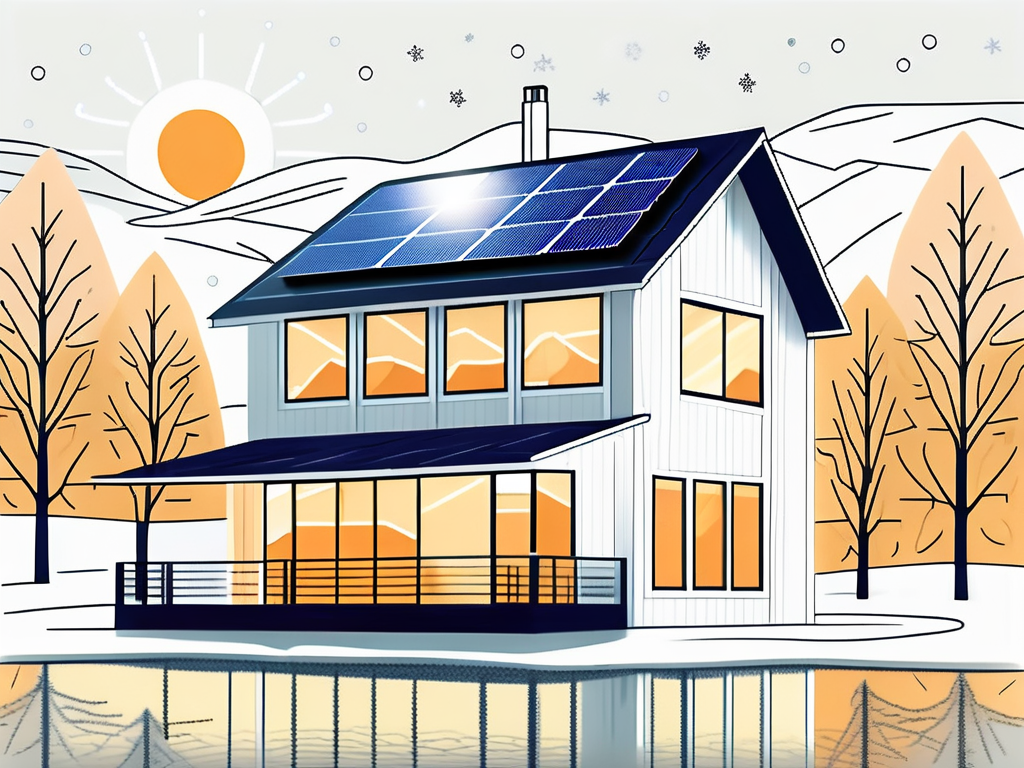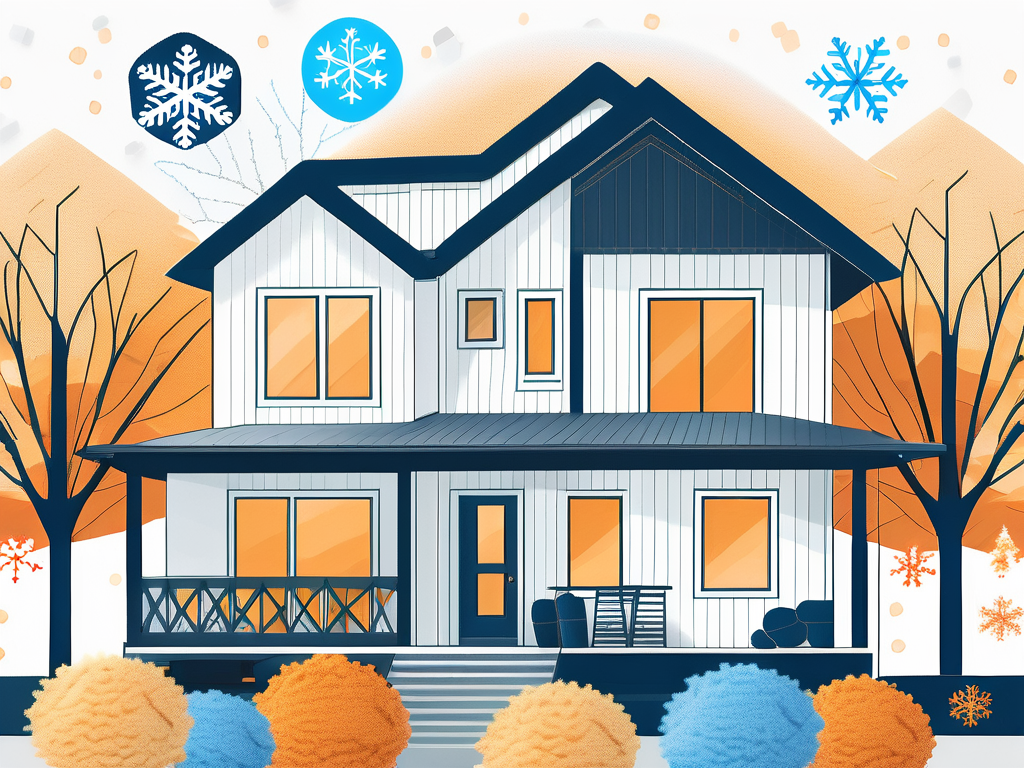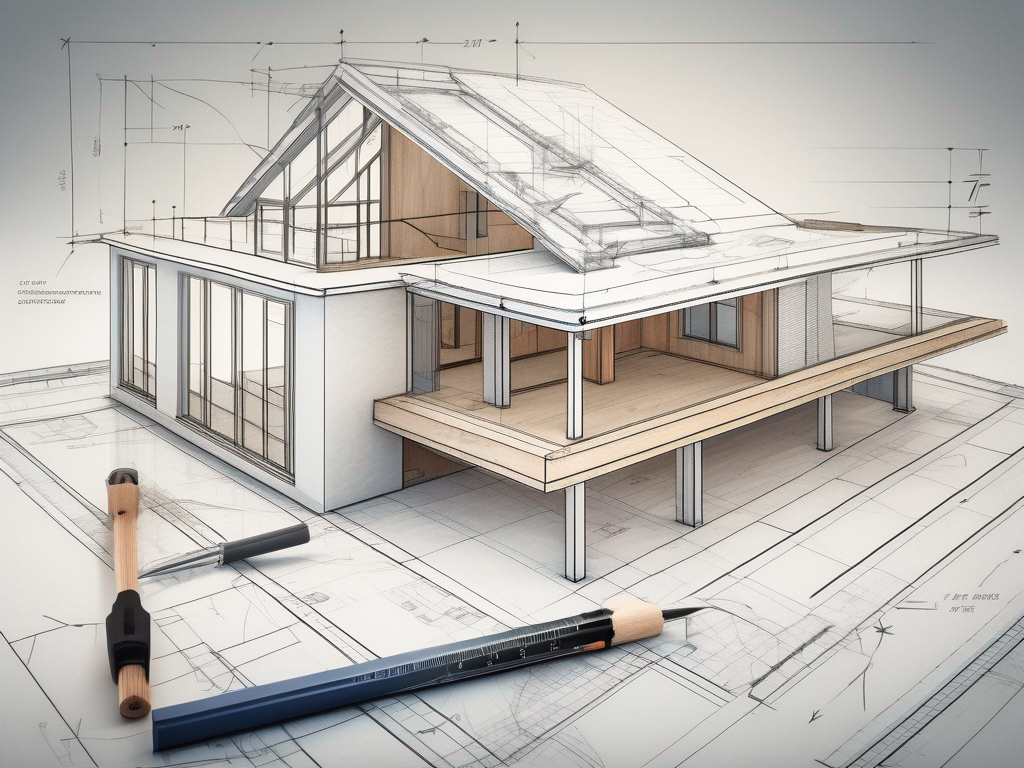Insulation: Keeping Your Home Comfortable Year-Round
Insulation: Keeping Your Home Comfortable Year-Round
Insulation is a critical factor in determining the comfort level of any home. Not only does it regulate the temperature within a living space, but it also contributes to energy efficiency and reduced energy bills. This article explores the basics of insulation, its scientific principles, and practical advice on how to choose the right type of insulation for your home.
Understanding the Basics of Insulation
What is Insulation and Why is it Important?
Insulation is a material used to insulate or separate a space from the outside environment. It works to prevent heat from escaping during colder months and keeps hot air out when it's warm outside. Without adequate insulation, homes can easily become uncomfortable, leading to increased energy consumption and higher utility bills.
In addition to temperature regulation, insulation serves to reduce noise pollution, create a more peaceful living environment, and protect against moisture intrusion. Understanding its importance can help homeowners recognize the value of investing in quality insulation solutions. Furthermore, effective insulation contributes to the overall sustainability of a home, as it reduces the need for excessive heating and cooling, thereby lowering the carbon footprint. This not only benefits the environment but also enhances the comfort and value of the property.
Different Types of Insulation Materials
There are various types of insulation materials available on the market, each with its unique properties and advantages. Common options include:
- Fiberglass: One of the most widely used types, available in batts, rolls, and loose-fill.
- Foam Board: Rigid panels that provide high insulation value with minimal space.
- Spray Foam: A versatile choice that expands upon application, filling gaps and offering excellent air sealing.
- Cellulose: Made from recycled paper, it is an eco-friendly option often used in attics.
Choosing the right insulation material depends on various factors, including the specific area being insulated, climate, and budget. Additionally, homeowners should consider the R-value, which measures the material's resistance to heat flow; a higher R-value indicates better insulating effectiveness. For instance, in colder climates, a higher R-value is crucial to maintain warmth, while in warmer regions, proper insulation can help keep the interior cool. It’s also essential to evaluate the installation process, as some materials may require professional installation, while others can be a DIY project, potentially saving on labor costs.
The Science Behind Insulation
How Insulation Works to Regulate Temperature
Insulation works primarily through three methods: conduction, convection, and radiation. Conduction refers to the direct transfer of heat through materials. The less conductive a material is, the better it performs as insulation. Convection involves the movement of air; insulation minimizes this by creating barriers that trap air and reduce movement. Radiation, on the other hand, is the transfer of heat through electromagnetic waves, often managed by reflective insulation materials.

By understanding these principles, homeowners can better appreciate how effective insulation maintains comfortable temperatures year-round. For example, during the sweltering summer months, insulation helps keep the cool air inside, preventing the heat from seeping in. Conversely, in winter, it retains the warmth generated by heating systems, reducing the need for excessive energy consumption. This dual functionality not only enhances comfort but also contributes to energy efficiency, ultimately leading to lower utility bills.
The Role of R-Value in Insulation
The R-value is a measure of insulation's resistance to heat flow; the higher the R-value, the better the insulation's effectiveness. For various regions and climates, recommended R-values differ significantly. For instance, colder climates require insulation with a higher R-value to counteract heat loss effectively. In contrast, warmer regions may benefit from insulation that reflects heat away, thus maintaining cooler indoor temperatures.
When installing or upgrading insulation, it’s vital to consult guidelines for local building codes and energy efficiency standards to ensure optimal performance. Additionally, the choice of insulation material can significantly impact R-value; materials such as spray foam, fiberglass, and cellulose each offer unique benefits and drawbacks. Homeowners should consider factors such as cost, environmental impact, and installation complexity when selecting insulation types, as these elements can influence both short-term comfort and long-term energy savings.
Insulation and Energy Efficiency
How Insulation Reduces Energy Consumption
Proper insulation can lead to significant energy savings. By creating a thermal barrier, insulation reduces the workload on heating and cooling systems. As a result, homeowners can expect lower energy bills, as their HVAC systems do not have to work as hard to maintain comfortable indoor temperatures. This reduction in energy consumption not only benefits the wallet but also extends the lifespan of HVAC equipment, as it experiences less strain over time.

Investing in insulation is not just about cost savings; it also enhances the overall comfort of the home. A well-insulated space reduces drafts, improves indoor air quality, and mitigates humidity levels. Homeowners often report a noticeable difference in comfort, with fewer cold spots in winter and a more consistent temperature throughout the home. Additionally, effective insulation can help in soundproofing, creating a quieter living environment by minimizing noise transfer from outside and between rooms.
The Environmental Impact of Proper Insulation
Proper insulation contributes to environmental sustainability by reducing energy consumption, which subsequently decreases greenhouse gas emissions. Lower energy usage diminishes the reliance on fossil fuels, leading to a cleaner, healthier planet. This is particularly important in urban areas where air quality can be significantly affected by emissions from power plants and vehicles. By improving insulation, homeowners play a crucial role in reducing their carbon footprint and promoting a more sustainable lifestyle.
Furthermore, many insulation materials, like cellulose, are made from recycled products, further enhancing their ecological benefits. Choosing eco-friendly insulation options is an excellent way to contribute to a sustainable future. In addition to cellulose, other sustainable materials such as sheep's wool, cotton, and even hemp are gaining popularity for their thermal properties and minimal environmental impact. As awareness of climate change grows, the demand for these innovative materials is likely to increase, encouraging manufacturers to develop even more sustainable options for consumers.
Insulating Different Areas of Your Home
Insulating Walls and Ceilings
Walls and ceilings are significant areas where heat loss can occur. Insulating the walls involves filling cavities with materials like fiberglass batts or spray foam. For ceilings, particularly in attics, it’s crucial to ensure the right R-value is achieved, as hot air rises, making this area prone to heat escape.
Working with a professional, like TurnKey Homes, can guarantee optimal installation and performance. Additionally, homeowners should consider the benefits of using reflective insulation in warmer climates, which can help reduce cooling costs by reflecting radiant heat away from living spaces. This type of insulation is particularly effective in attics, where temperatures can soar during the summer months. Moreover, soundproofing insulation can also be integrated into walls and ceilings to enhance privacy and reduce noise pollution from outside or between rooms, creating a more serene living environment.
Insulating Floors and Basements
Floors, especially in multi-story homes, can benefit from insulation to maintain consistent temperature levels between levels. Insulating crawl spaces and basement areas also plays a crucial role in preventing moisture intrusion, which can lead to mold growth.
Installation techniques vary depending on the type of flooring, whether it's concrete, wood, or tile, requiring different approaches for effective insulation. For instance, radiant floor heating systems can be installed under tile or concrete floors to provide warmth from the ground up, enhancing comfort during colder months. Additionally, insulating basement walls can help regulate temperature and humidity levels, making these spaces more usable for storage or recreation. Homeowners should also consider using vapor barriers in conjunction with insulation to further protect against moisture issues, ensuring a dry and healthy environment.
Insulating Attics and Roofs
Attics and roofs are often overlooked when it comes to insulation but are critical areas for preventing heat loss. Insulation should be installed in various forms, like batts, blown-in, or poured materials, to ensure a complete seal.
Proper ventilation is also essential in attics to prevent moisture buildup, which can lead to structural damage over time. Installing ridge vents or soffit vents can facilitate air circulation, allowing hot air to escape while drawing in cooler air from outside. Furthermore, homeowners may want to consider the benefits of adding insulation boards to the roof deck, which can enhance thermal performance and reduce energy costs. This added layer of protection not only improves energy efficiency but also contributes to the longevity of the roofing materials by minimizing temperature fluctuations that can cause wear and tear.
Choosing the Right Insulation for Your Home
Factors to Consider When Choosing Insulation
Several factors influence the choice of insulation, including climate, property type, budget, and environmental concerns. Homeowners should assess the specific areas needing insulation and determine the most suitable material that meets their energy efficiency goals.

For example, homes in colder climates may require higher R-value materials, while those in milder climates can opt for less expensive options without compromising comfort.
Professional Installation vs. DIY Insulation
While some homeowners may consider installing insulation themselves, professional installation often yields better results in terms of performance and longevity. TurnKey Homes, a subject matter expert in home building, recommends consulting professionals to ensure that insulation meets local building codes and standards.
DIY insulation can save money, but improper installation can lead to issues such as gaps, moisture intrusion, and inadequate temperature regulation. It's crucial to weigh the pros and cons of each option before making a decision.
Summary
- Insulation is essential for temperature regulation and energy efficiency in homes.
- Different types of insulation materials serve unique purposes and benefits.
- Understanding the science behind insulation and R-value helps in making informed choices.
- Proper insulation reduces energy consumption and environmental impact.
- Professional installation is often recommended for optimal results.
By following these guidelines and understanding the importance of insulation, homeowners can create comfortable living spaces that are energy-efficient and environmentally friendly.
Let’s talk about your project
Fill out the form, or call us to set up a meeting at
We will get back to you as soon as possible.
Please try again later.












